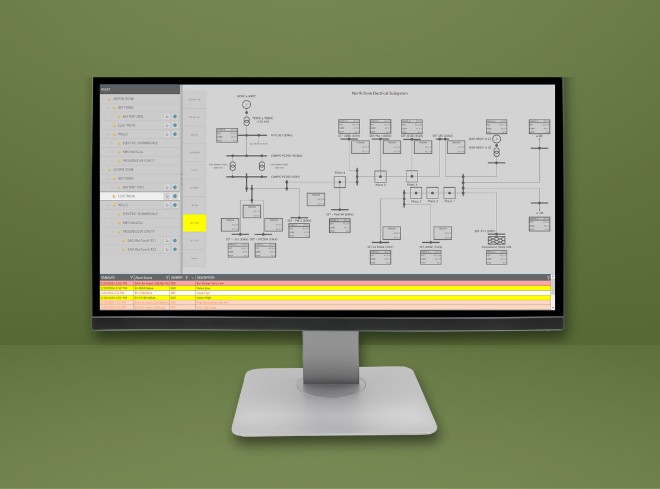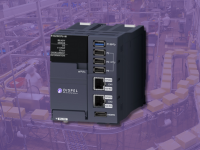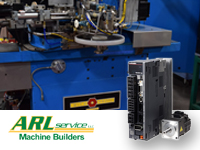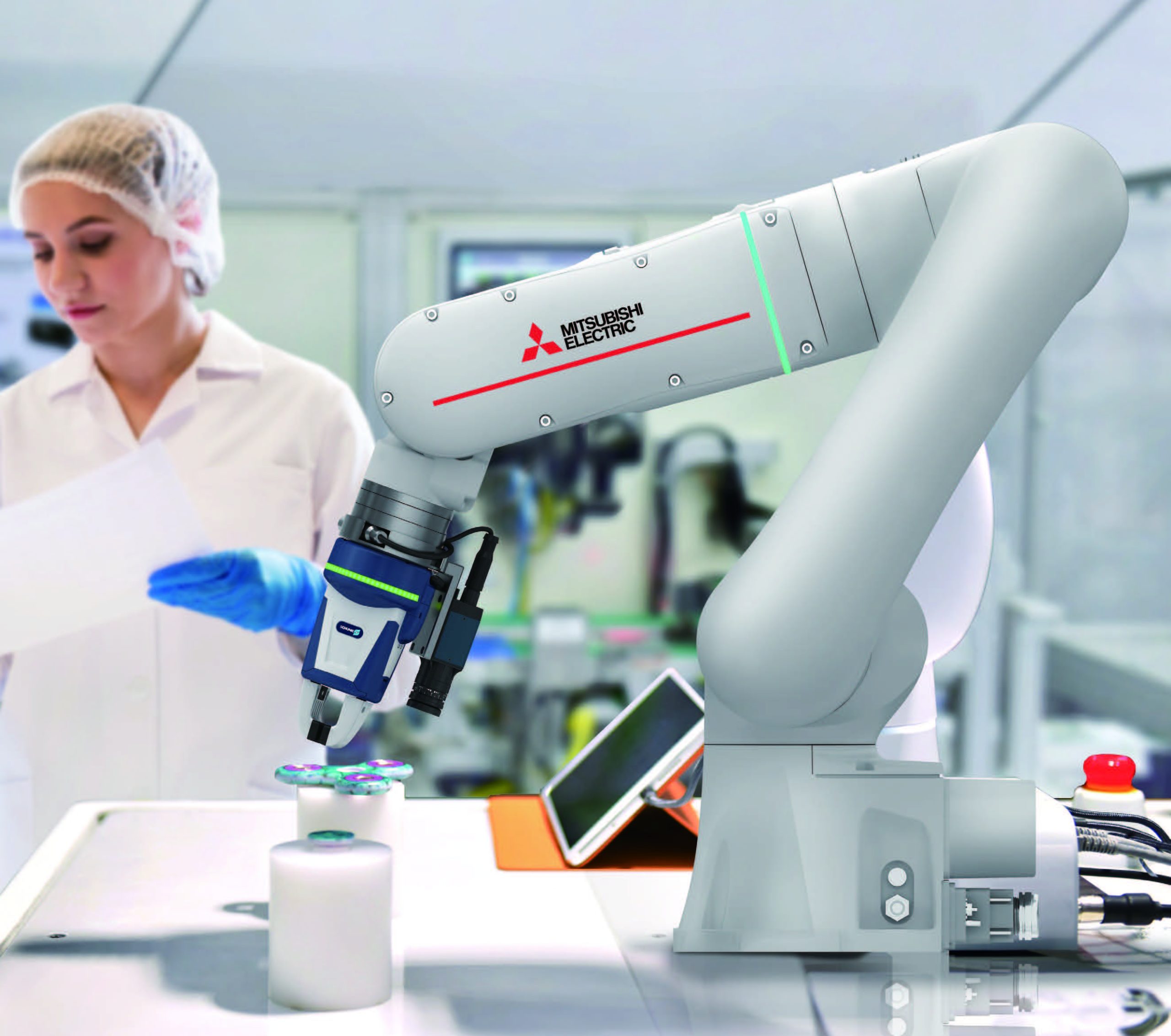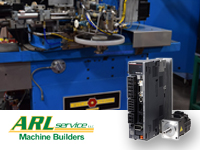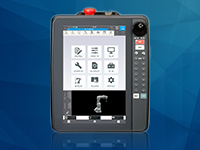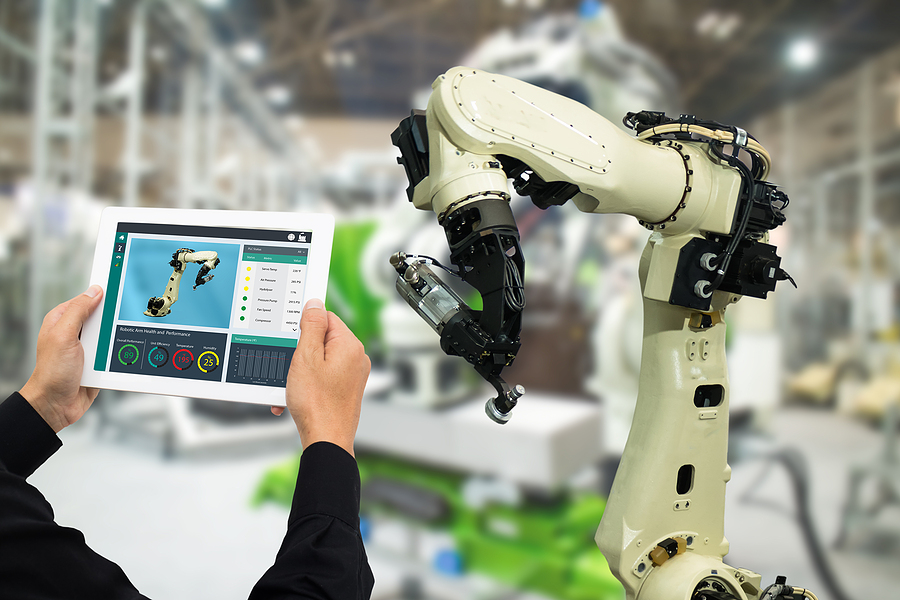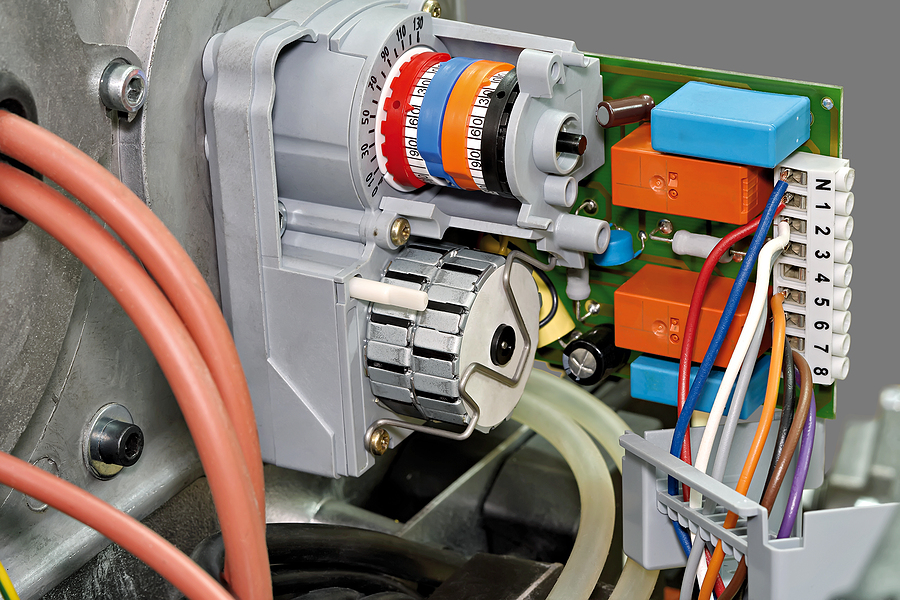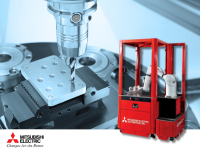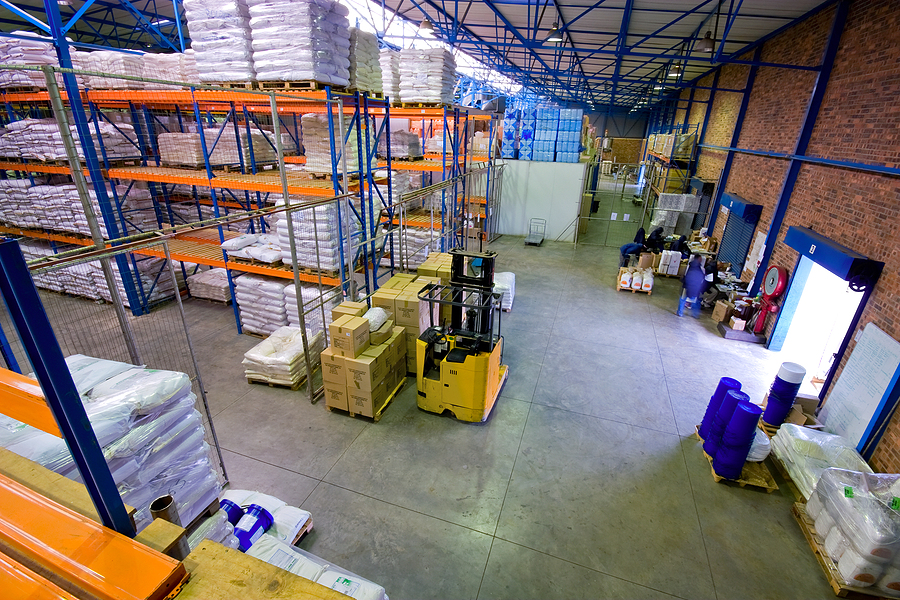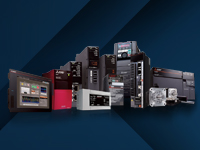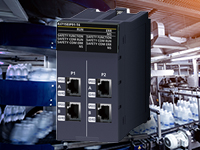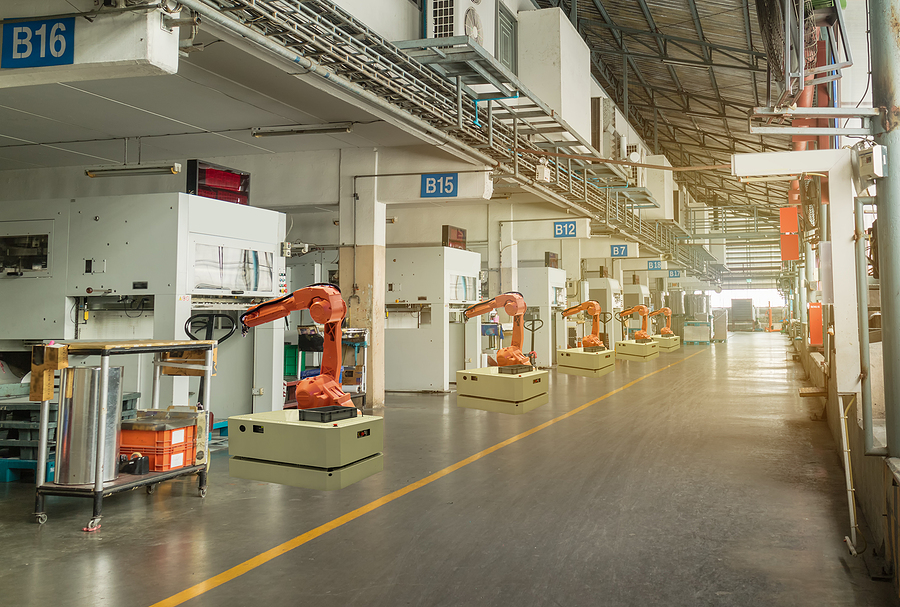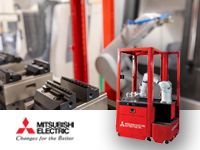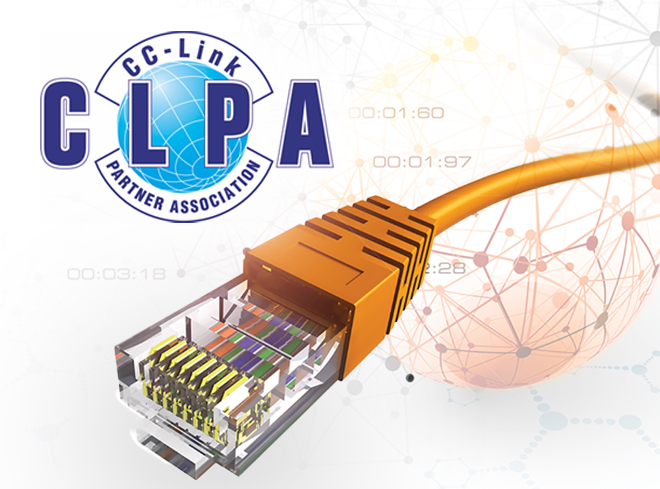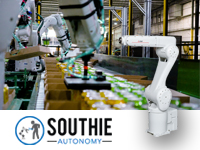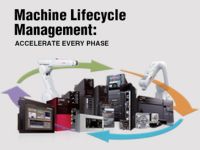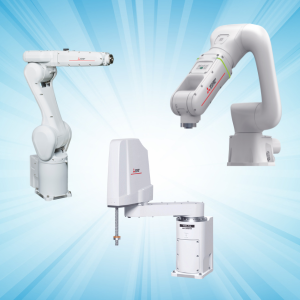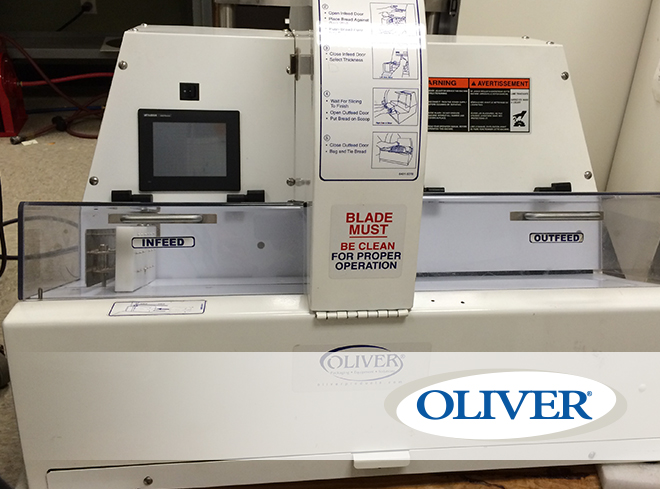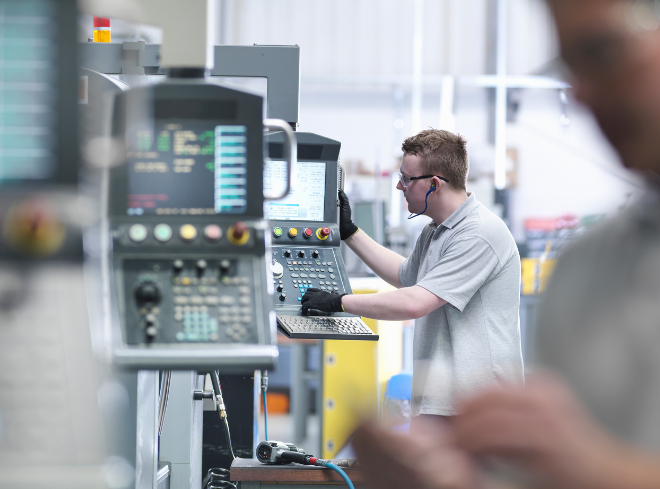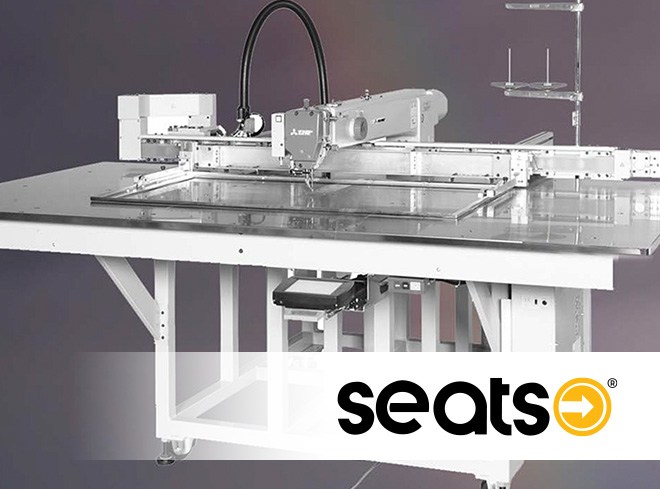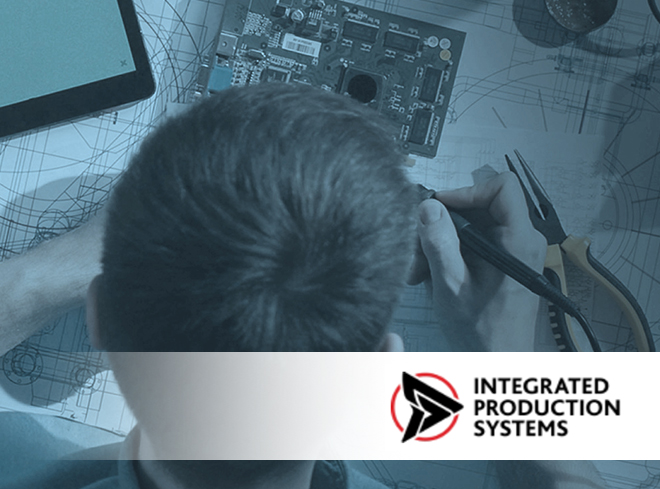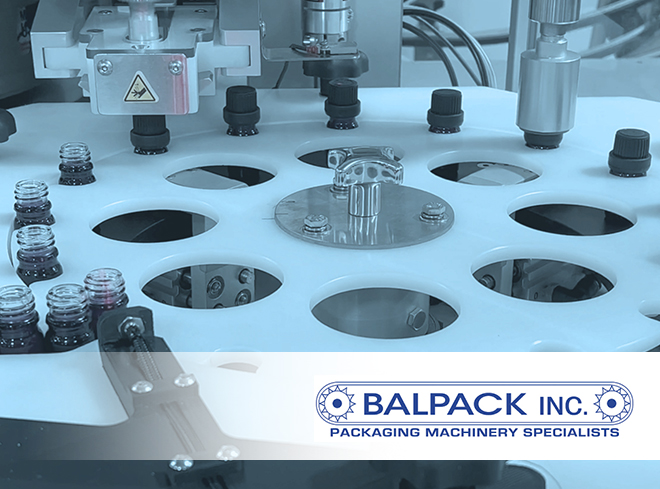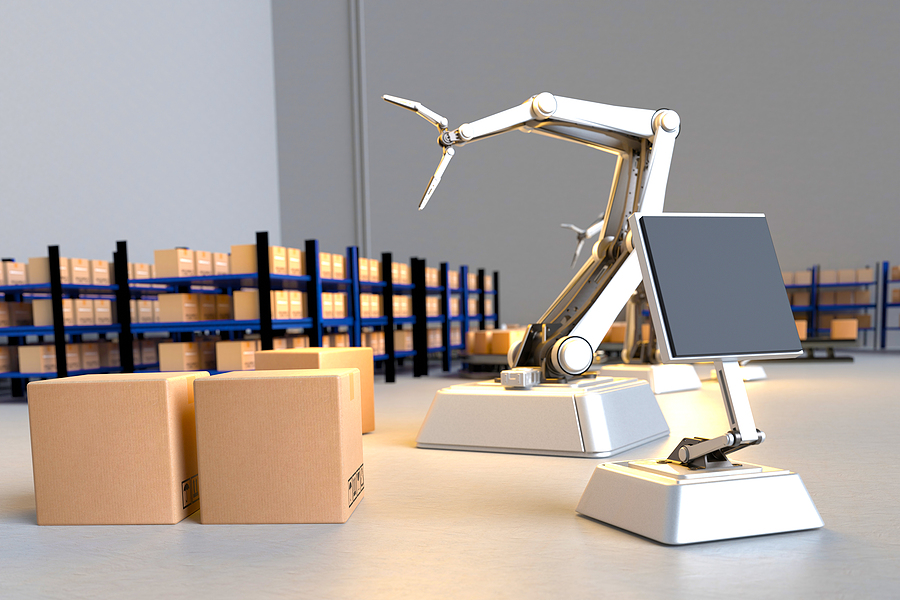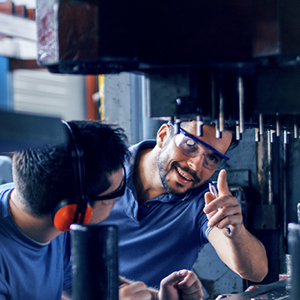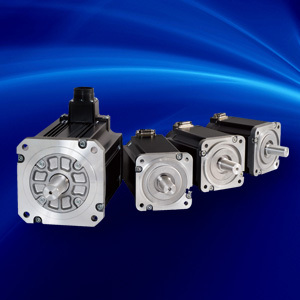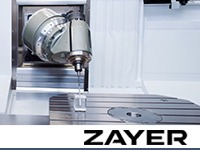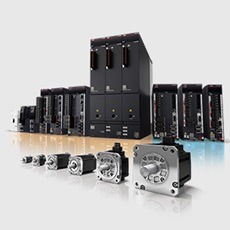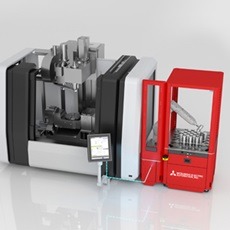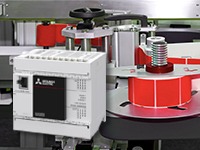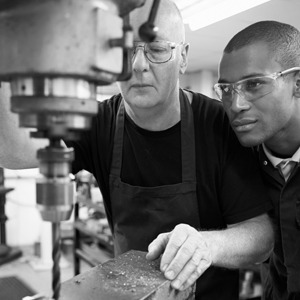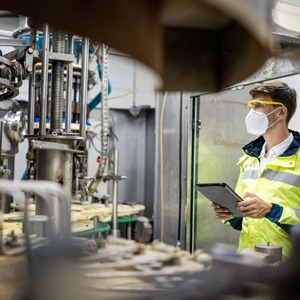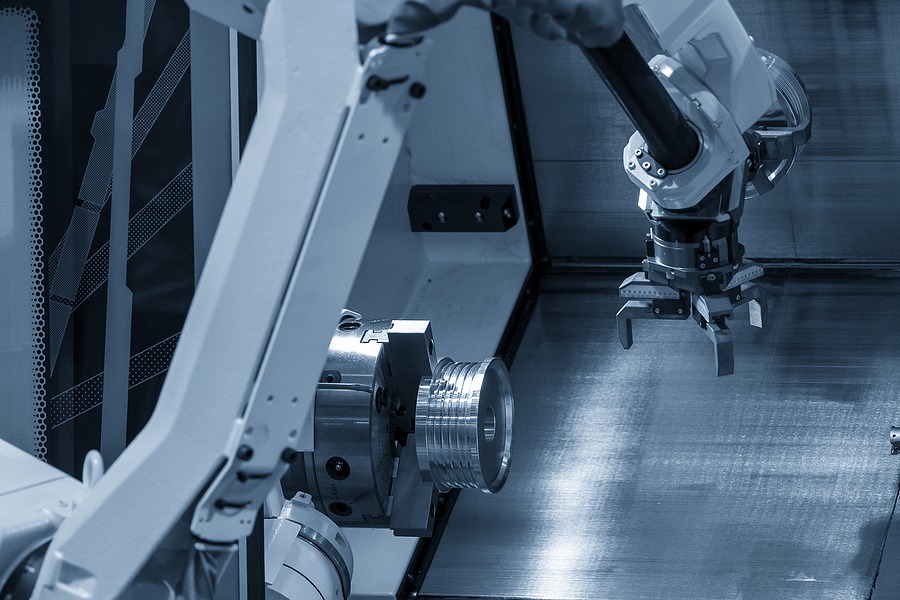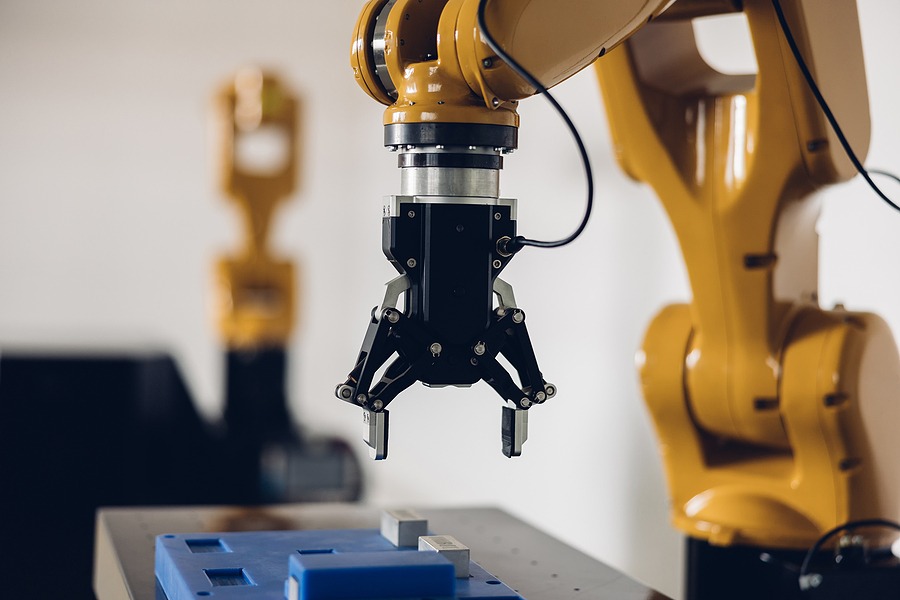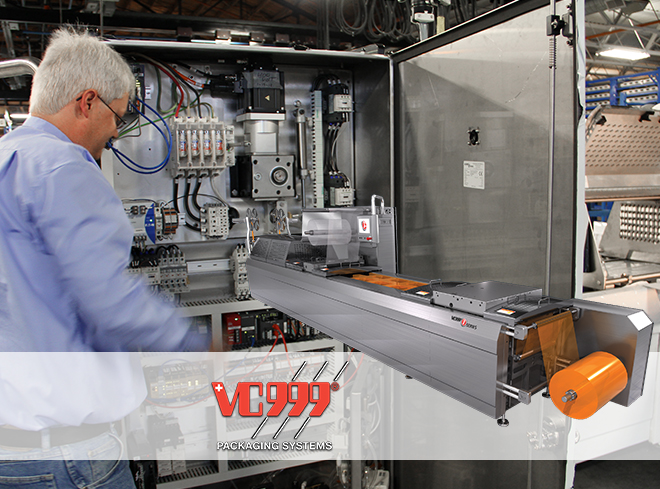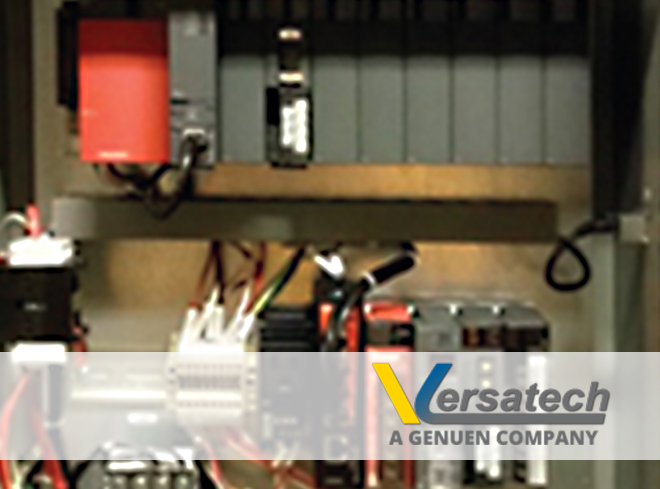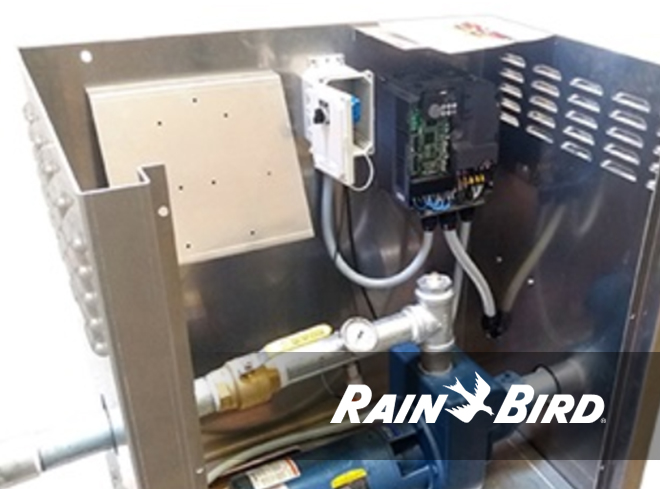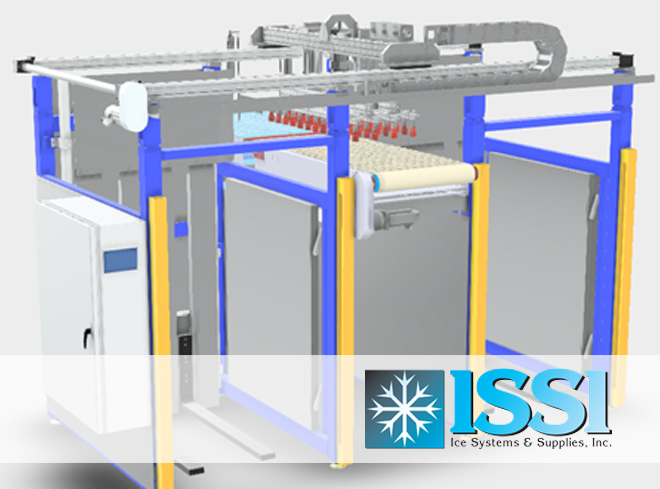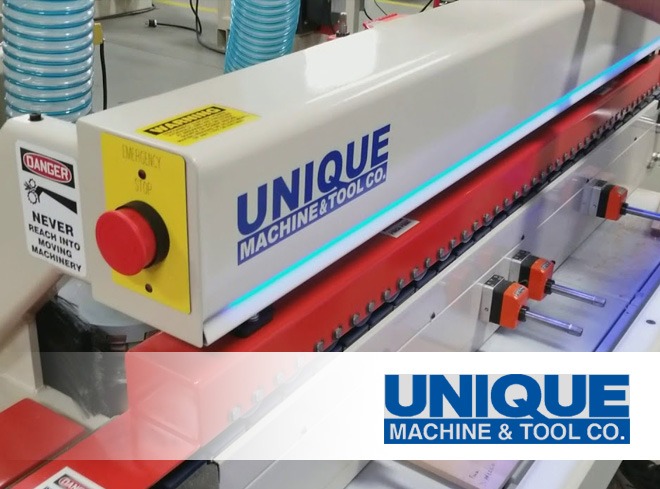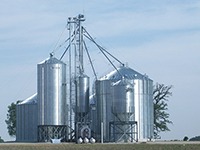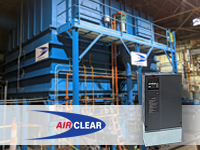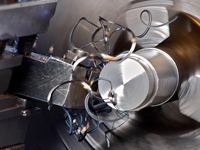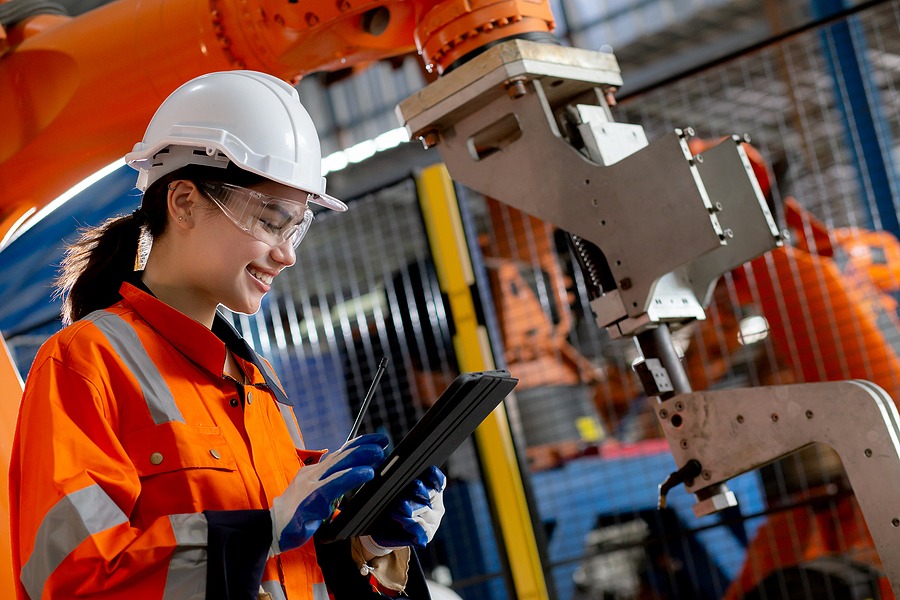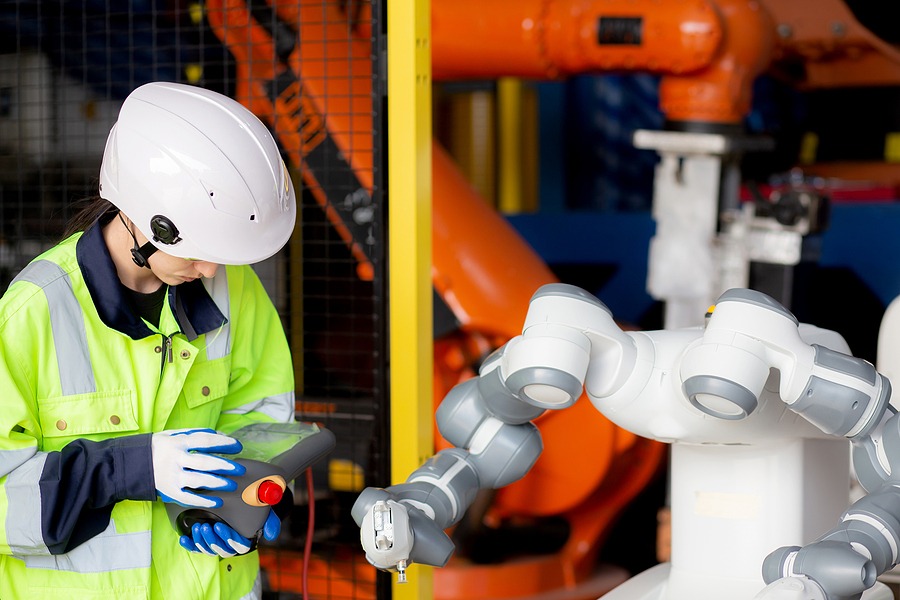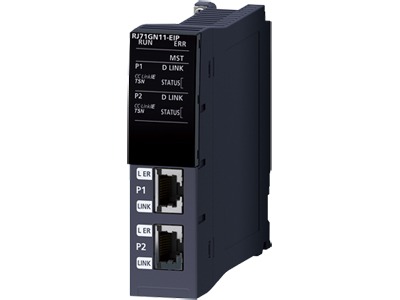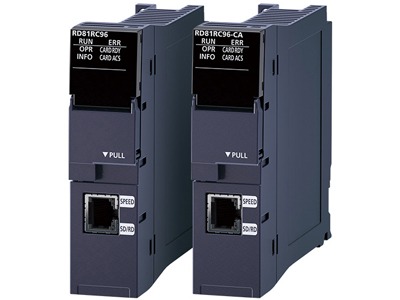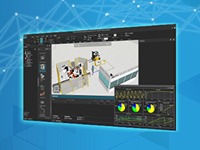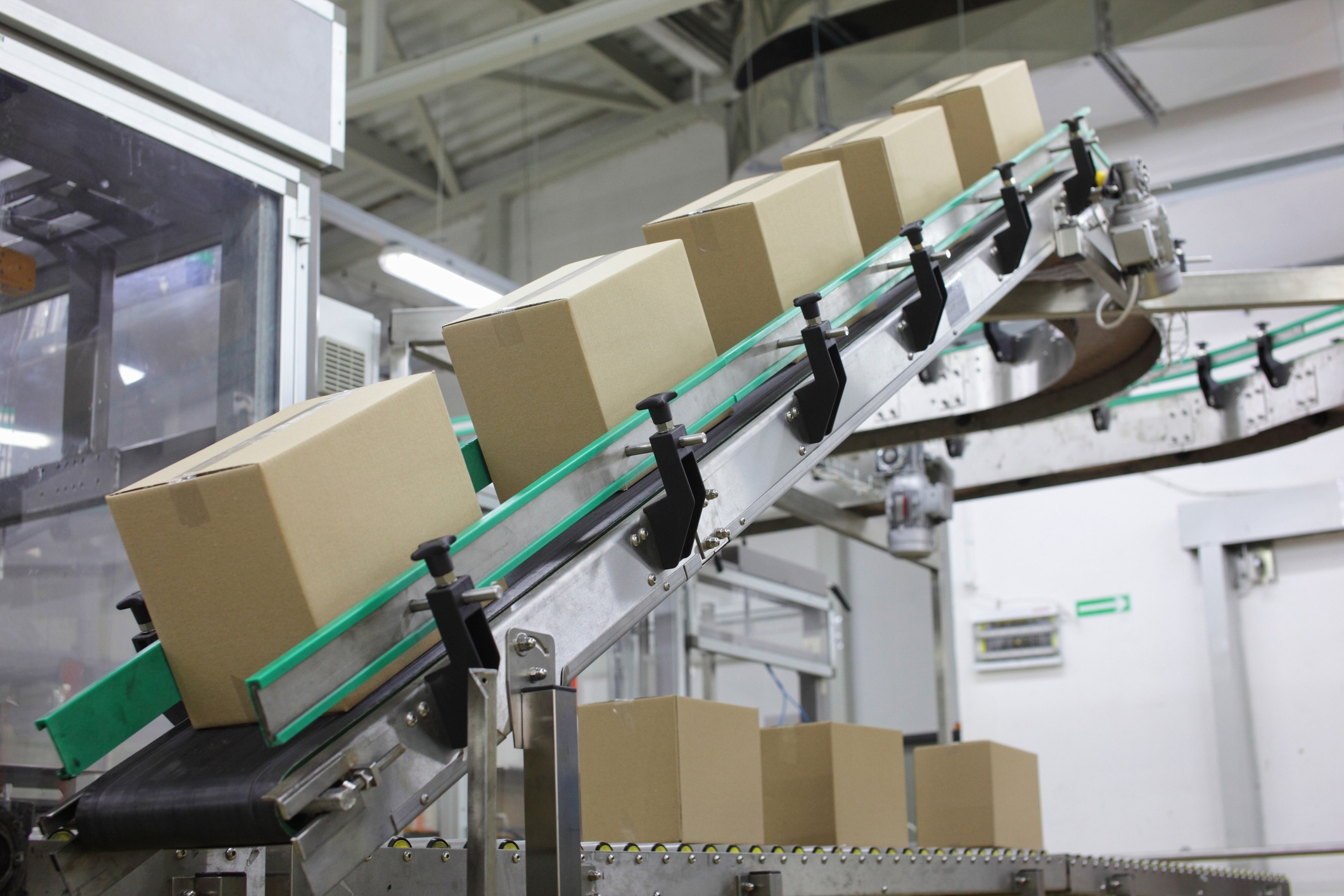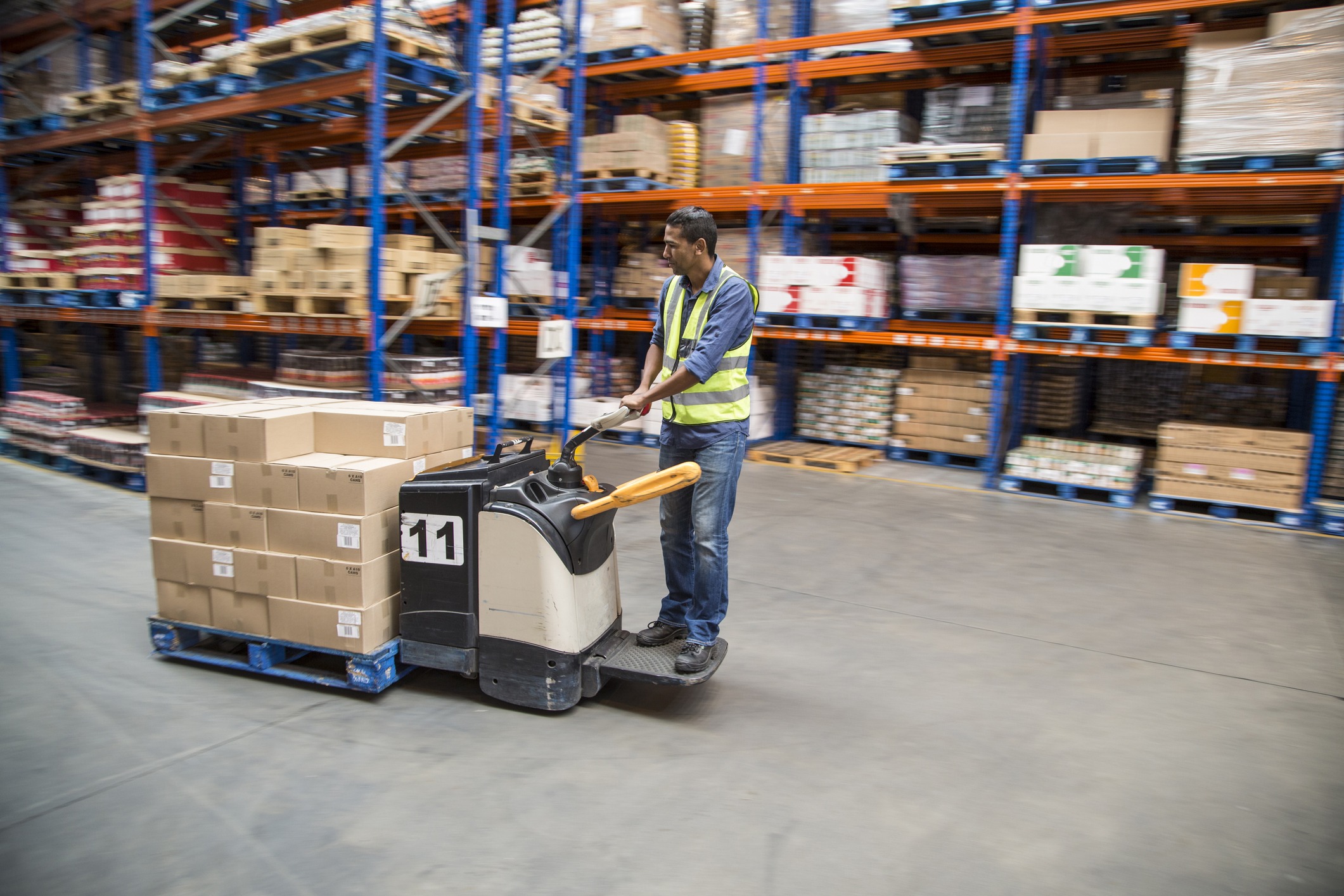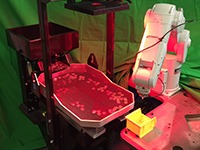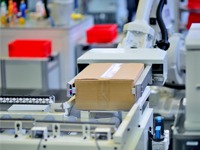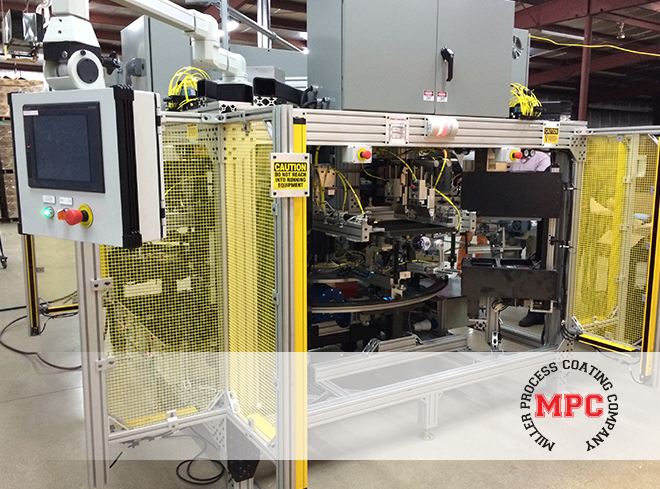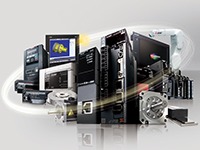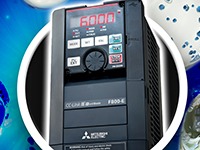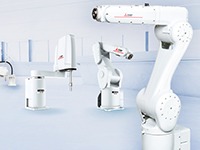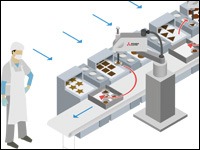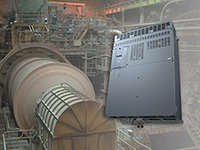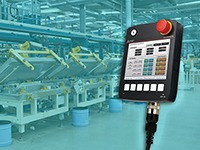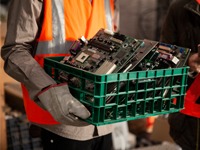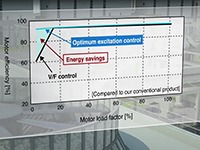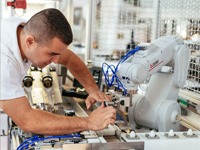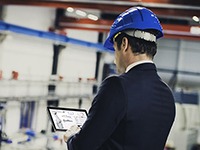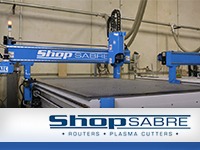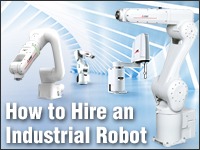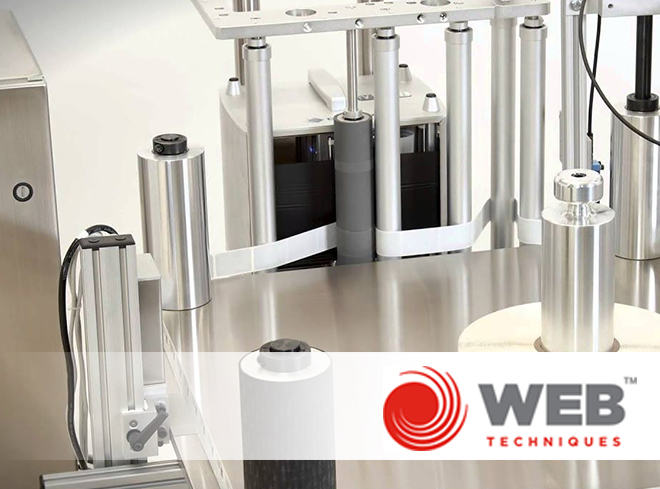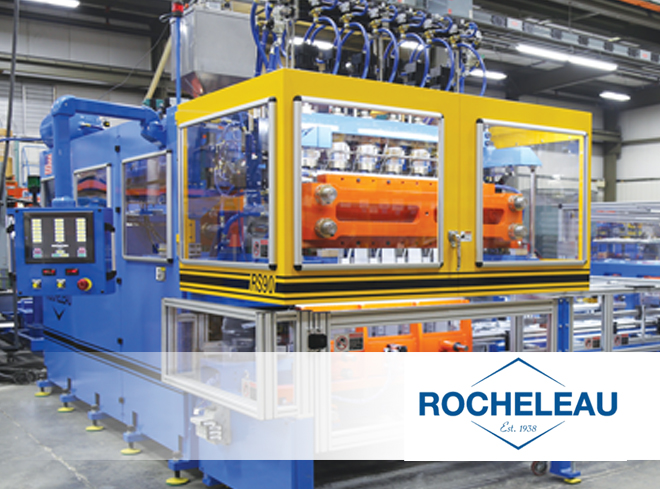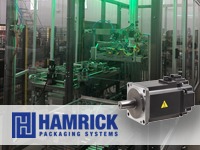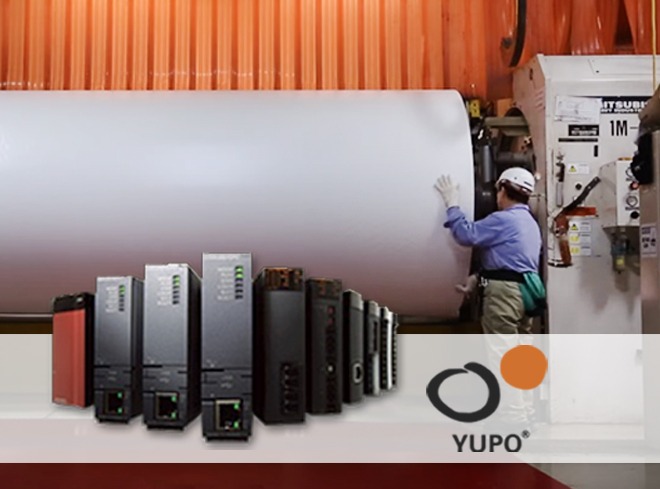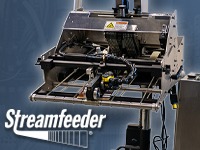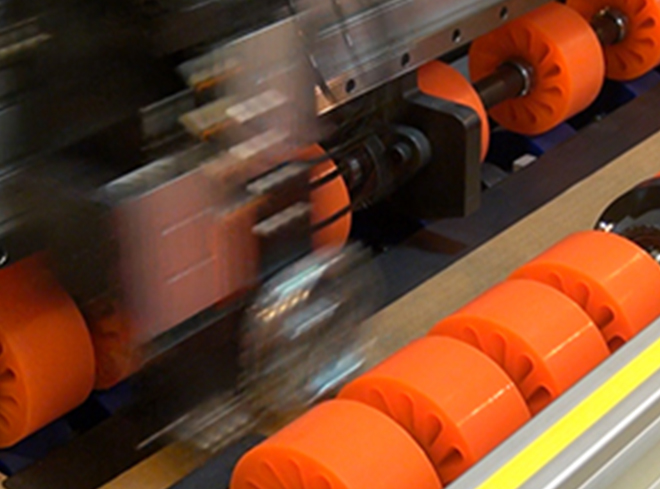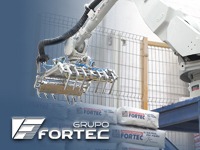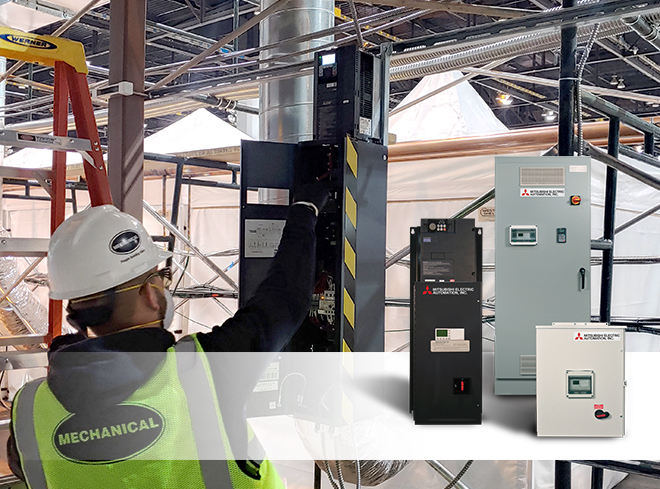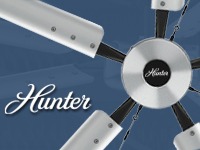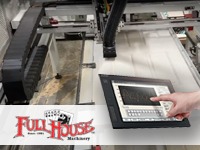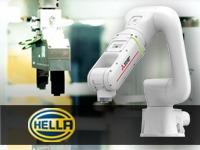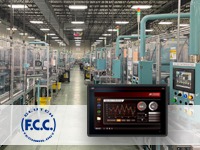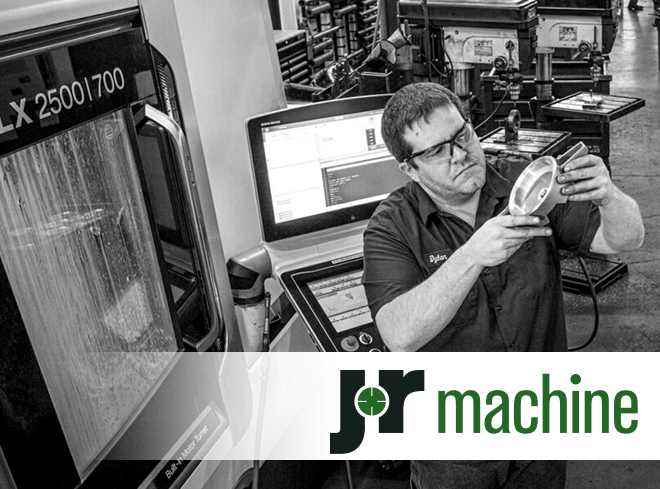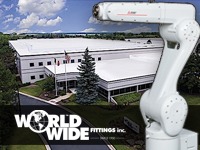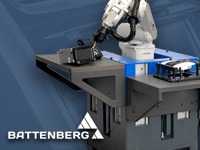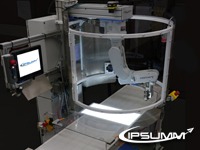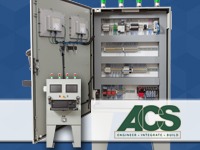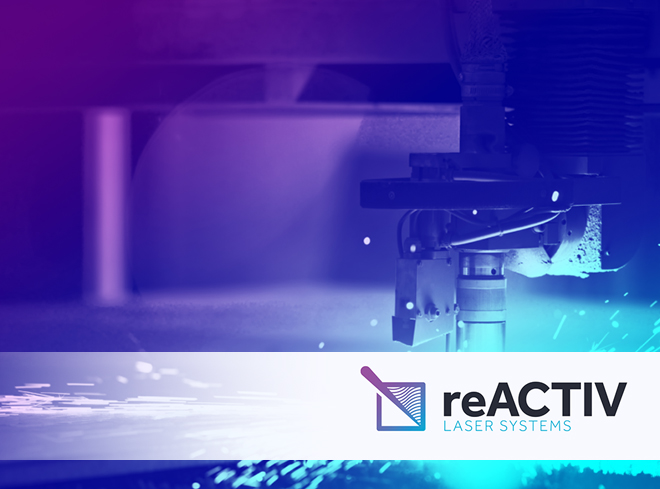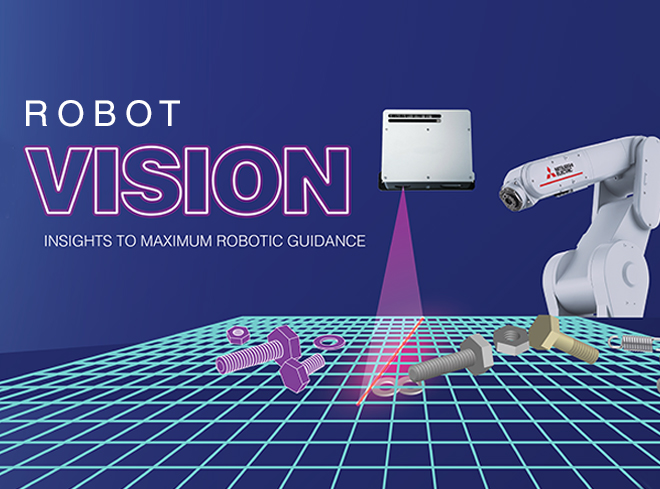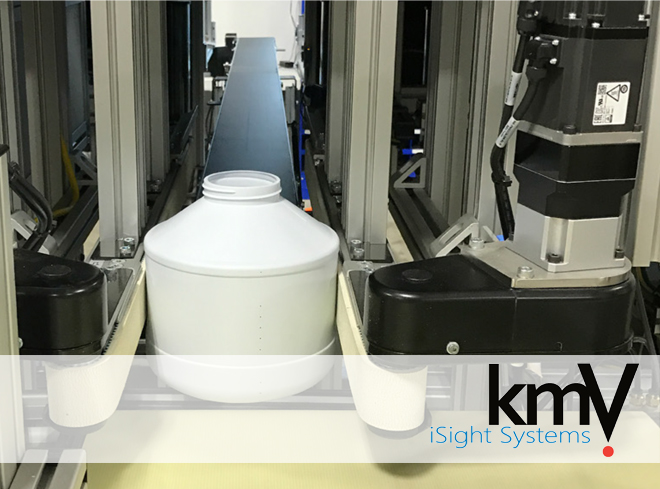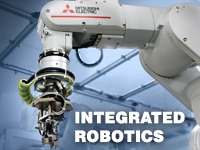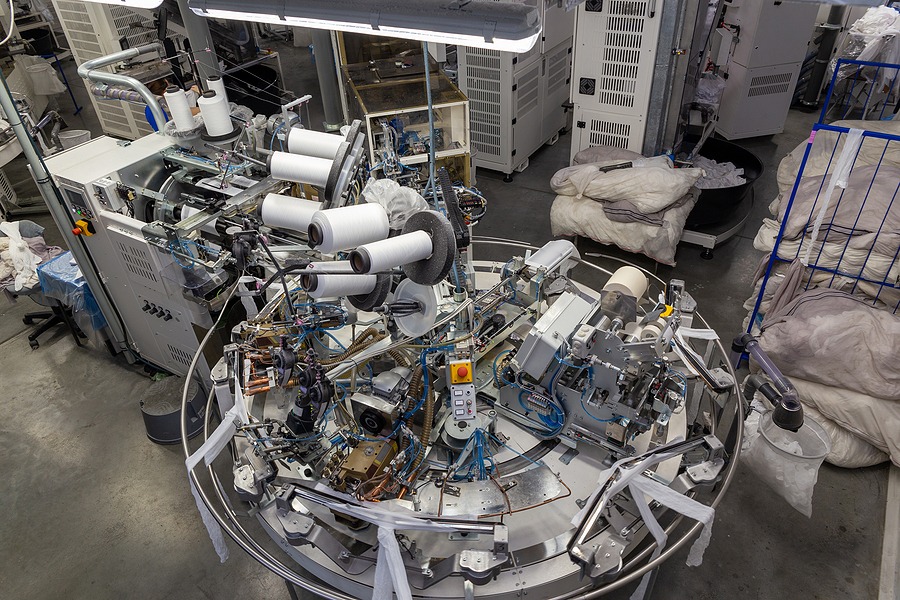
What does a servo motor do in factory automation? Take some time to learn about how a servo motor works and how to make the right choice.
A servomechanism, servo for short, is typically used in a closed-loop system for precise and efficient calculation of a device’s motion and final positioning. They’re used in applications like robotic surgical equipment, food packaging and processing, automated presses, plastic molding machinery, etc. The machines you’ve seen on production lines that correctly position a soda bottle, fill it to the correct mark, and then move it for capping, labeling, and packaging, those machines all use servo motors. The first servomechanism was developed by a company called Yaskawa in the 1960s. These DC servo motors did their job, but there was room for improvement. The wear on a DC servo motor was great, so they wore out quickly and needed replacement far too frequently. The first AC servo motor came out in 1983 providing better speed and accuracy. Today, factory automation relies on AC servo motors.
A servo motor application is used in industrial settings to do things like control robotic arms and make precision cuts when creating parts or components. Servo motors and factory automation go hand-in-hand. Its application comes down to your company’s needs.
How a Servo Motor Works
A servo motor includes a control circuit, amplifier, shaft, drive gears, motor, encoder, and position potentiometer (three-terminal resistor that’s used to adjust the voltage to strengthen or reduce resistance). The shaft moves to change the angle, position, and even velocity. This motor can be AC or DC and set to have the commands happen in steps (one after another), all at once, or in any order, depending on the situation at that moment. With an AC motor, the number of magnetic poles and the frequency of the voltage determines the motor’s speed, while DC is reliant solely on a constant voltage. AC motors handle higher currents and therefore are more commonly used in robotics and automation. It starts with an analog or digital signal that tells the motor how much movement is needed to position the shaft correctly. The encoder acts as a sensor helping with feedback to ensure proper positioning and motor speed. The motor turns gears that are connected to a position-sensing device. As a message comes in from an encoder that the actual tool, arm, bottler, or whatever the servo motor controls are that needs adjustment, the system gets to work making those adjustments.
Generally, a servo motor works in this fashion:
The program and controller send messages (input pulses) to the driver. The driver converts the current and sends that to the motor. The motor follows the driver’s instructions and sends the signal to the encoder. The encoder then sends the signal to the driver to complete the action. Feedback is returned to the control and program. On its own, a servo motor can only control the movements with precision. It works with many other components and computer programs to create a finished automated system that increases your plant’s efficiency and production while reducing the risk of error and waste.
How Do You Choose?
It’s hard to tell exactly what the best servo system is without taking a much closer look at your company’s automated lines, plant size, and technology. Do you need ethernet connectivity throughout your plant? If you’re frequently experiencing drops or fluctuations in messages that get sent from your servers to individual machines on the floor, it’s a problem. Is the wiring in place or are you starting from scratch? Is your factory in one general area or spread out in different sections? You need to make sure your servo motors and controllers interact with each other fluidly and constantly. Drops in signals can drop your production rates. Do you use smart machines and manufacturing techniques? Do you have robotics in place? How technologically-advanced are your employees? Do you need something that’s easy to run the minute it’s turned on or do you have time to invest in training your workers to use new equipment? When choosing equipment, always work with a servo expert to ensure you have the right system in place. You need to consider vibration suppression, as that’s a critical part of robotics. Imaging going in for robotic surgery, but the robot arm keeps vibrating with each movement. Can you imagine the damage that could occur with each vibration, even if those vibrations are small? Robots that are experiencing vibration must stop and wait for the vibration to stop. This eats up valuable time during surgery, so it just cannot happen. The same is true in manufacturing. Vibrations could wreak havoc on your production times and waste due to small errors or systems that have to frequently stop and wait. Servo systems that have advanced vibration suppression algorithms built into the programming prevent these errors and potential loss. It’s important to make sure that vibration suppression is in the system you choose.
Mitsubishi’s Servo Solutions
The line of MELSERVO systems is recognized across the globe as a leader in factory automation. Rely on Mitsubishi Solutions for options that fit your needs and budget. Take a closer look at the different options.
MELSERVO-J4
Several MR-J4 servo amplifiers are available in 100, 200, or 400 VAC and up to 55 kW, or 48 or 24 VDC and up to 30W. If you are looking for high-accuracy options, you’ll find them in this product line. You can choose a linear or rotary servo motor with multiple options in each one.
MELSERVO-J5
Options for the MELSERVO-J5 include LM-Series linear or rotary servo motors. A rotor motor increases performance while lowering the motor’s footprint. The MR-J5 amplifiers work with these motors for precision control at high speeds with a much lower risk of vibration or failure.
MELSERVO-JE
For one-touch control features, the JE line is ideal. The system resists vibrations and offers upscaled troubleshooting and diagnostics. The MR-JE rotary servo motor is a 200V motor with 17-bit encoding and precision positioning.
MELSERVO-JET
Why choose MELSERVO-JET? The torque is 300% higher and it has a faster speed frequency response. It’s also flexible with multi-voltage options and simple to operate. Again, there are options for rotary or linear servo motors.
MELSERVO-JN
Finally, you can pair a rotary servo motor with MR-JN 100/200 VAC servo amplifiers with options going up to 400W. Features of this line include one-touch tuning, built-in programming, and suppressed vibration. In addition, we offer easy-to-use SERVO software with an MR Configurator or the latest MR Configurator2. We also have Motorizer Sizing Software to help you choose the best motor and amplifier combination for your factory’s needs. Choosing the right servo components for your automated lines isn’t something the layperson will be able to do without guidance. Learn more about the Motorizer Sizing Software and our servo solutions by reaching out to us online and scheduling a chat with one of our servo experts.
Work with Us and Succeed
We love our customers and the challenges they bring to us. We also like to let our customers shine by discussing how we worked together to solve their biggest challenges. If you have a challenge that needs to be solved and would like to be our next BIG success story, reach out to us and let’s connect!

